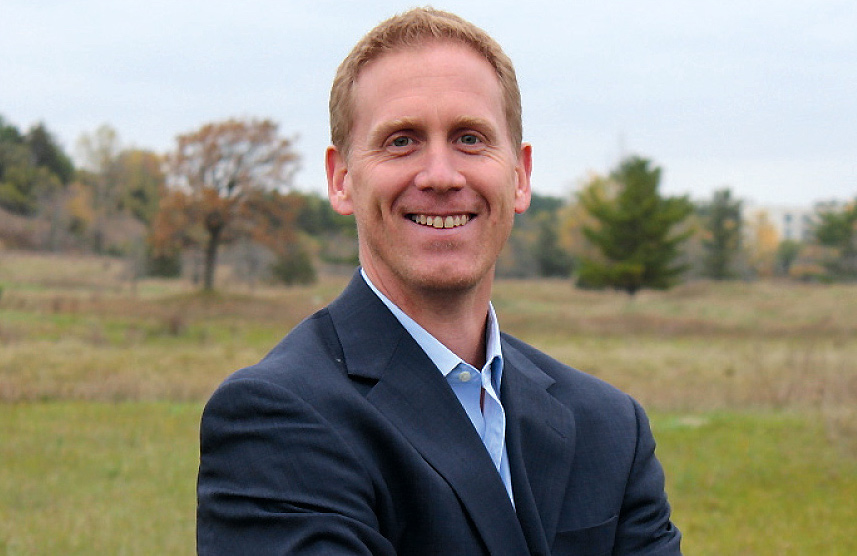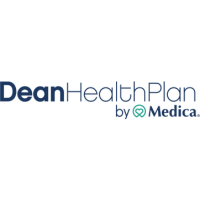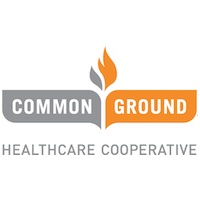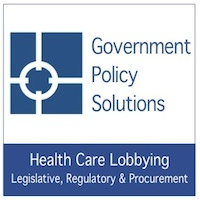
On the Record with Dr. Tim Murray, CEO of Solstice Health

Solstice Health bills itself as the first independent and insurance-free direct primary care provider in the state of Wisconsin. It operates two clinics in New Berlin and Oconomowoc, with a third set to open in Mequon. It serves between 600 and 700 patients.
For a set fee, members can schedule appointments with primary care doctors. While Solstice recommends they purchase catastrophic insurance in case of medical emergencies, it doesn’t require them to do so.
Rather, the clinic focuses on prevention, including through weight loss programs. CEO Dr. Tim Murray said they’re working to prevent and treat diabetes, high blood pressure, high cholesterol and other associated conditions.
“That’s why we’ve been able to grow so quickly,” Murray said. “It’s been a fun ride. Definitely not easy when you’re David vs. Goliath in this particular market.”
Murray recently spoke with Wisconsin Health News about direct primary care. Edited excerpts are below.
WHN: How is direct primary care cost effective?
TM: Primary care takes up about 90 percent of our healthcare time. When you eliminate insurance from that, it’s not a very expensive endeavor because most of these things that primary care physicians are doing are very cost effective. The cost of healthcare itself is not expensive. So when you eliminate the insurance and bureaucracy from that, you can actually reduce those rates. Because what happens is that in a primary care clinic, those particular things take up about 40 percent of the overhead cost. So when you eliminate insurance, you eliminate 40 percent of your overhead and you can then give that back to the patient. It’s a significant cost savings because you’re not dealing with the monkey on your back basically the entire time you’re seeing patients.
WHN: How does it lead to price transparency?
TM: In the traditional system, when you walk into the hospital or doctor’s office the only thing you do is hand them a plastic card. And it’s the only industry in the world that you don’t know what you’re paying for. When you go to the store and get your milk, it’s $2.50 for a gallon. If you buy organic, it’s $6. So you know exactly what you’re paying for. When you take insurance, there’s no room for them to do that because what’s happening is the hospitals and the healthcare systems, they’re waiting to see what kind of insurance you have to see how much they can gain from that. If I have Blue Cross Blue Shield and you have Cigna, they may be able to get more money from your insurance then they can from mine. They can change and adjust those prices. When you have no insurance to deal with, everybody can be at the same level playing field and you can publish those prices online. I have the ability to take on my website and put all my pricing on line because everybody is the same. My care for you is not dictated by what type of insurance you have.
WHN: How widespread is this model in Wisconsin and the United States?
TM: There’s no one who’s been able to do it successfully in the state of Wisconsin until us. The problem with direct primary care when you’re growing one patient at a time, it doesn’t necessarily pay for the bills. Some people have been lucky to get away by doing it. Most often times, especially in our particular market that’s dominated by healthcare systems, it’s a little bit more of a tougher play because education is really critical. People look at it and have a lot of different questions. They don’t really understand it, and oftentimes they don’t believe the prices can be that low and be able to provide exceptional care, which we do…There’s a critical mass that you have to reach to pay for the overhead, which is not nearly as expensive as a traditional model.
But nationally, it’s a growing movement. I was at the first direct primary care summit three years ago. There were about 150 people in the room. Last year, there were about 500. It’s a growing movement. Companies in particular that are self-funded are catching on to this because they’re looking at it and saying, we pay everything for all of our employees up to a certain number. So when they look at paying a capitated rate per employee at $59 a month to get unlimited visits, no co-pays, no deductibles, and then have access to everything else wholesale, that’s a huge, huge savings advantage to them. If one of their employees happens to need an MRI, our rates are $400. Anybody who’s a member of our program gets those same rates.
WHN: How do you plan to expand?
TM: Our model of growth revolves around wellness. It’s a separate entity from direct primary care, all within the same clinic. But they work together. They work hand in hand obviously. If we have patients who are on that program and need medical management for diabetes and high cholesterol and what not, we’ll take care of that. But that’s what’s allowed us to grow.
Direct primary care has not been the growth aspect of our model because what we want to be able to do is establish a larger footprint for different areas. I can’t go to Milwaukee to talk with a company and only have a site in New Berlin or Oconomowoc. The corporate market is kind of a target market because they have higher numbers. So you can meet critical mass much quicker. And the only way to really be able to do that is that we can mobilize quickly. Because to have a clinic is not that expensive because we don’t have 40 percent of what a traditional clinic has. We don’t have the full amount of employees. We run a lean operation. So we can mobilize quickly. But it’s much easier to have a footprint based on wellness and have a successful brand around wellness that companies will look toward and then you can meet critical mass much quicker.
Typically, per direct primary care provider, we take anywhere from 600 to 800 patients per provider and add other providers as more patients come in after that. Oftentimes in the traditional system, primary care doctors are seeing 2,000 to 3,000 patients a year. Whereas as a direct primary care doc only has 600. That’s why you only get to spend about 7 minutes with your physician in the traditional system because they don’t have time. They’re seeing too many people and the best thing they can do is give you a new pill and send you on your way or change the dosage or whatever the case maybe. So they’re not really doing anything to affect change in your health. They’re just treating your issues. So direct primary care you can have appointments that are scheduled for 15, 30, 60 minutes whatever the patient needs or requires or more. And you can schedule it that way because you’re not seeing 30, 40 patients a day. You might see anywhere from zero to 10 patients a day. Ten patients would be a busy day. And it creates a different relationship. It’s actually a relationship between a physician and a patient. You can know them, know who they are, know their family members. It’s easier to know 600 people than it is 3,000.
WHN: Do you have any partnerships with businesses?
TM: We don’t necessarily have agreements. Southeastern Wisconsin is a tough market. Most third-party administrators are working in these big companies. They’re kind of in bed with the Auroras, the Froedterts and the ProHealth Cares of the world. That’s a tough market to kind of tap into. We’ve spent the better part of four years talking with TPAs, talking with brokers and they’re catching on. They’re starting to say wow we can really make a difference…Instead of going in year after year and saying sorry your plan is going up and we don’t have any other options for you, they can now start to say we have these options that we can do and we can work these into your current plan or restructure what you’re doing. We have a couple of companies that we’re working toward getting contracts with. But it’s not an easy sell. There’s a newer, local company too that has a larger network that they work directly with TPAs and companies and they’re looking for more cost-effective care. They actually will send patients to us. So we established a relationship with them just a few weeks ago. They’ll begin to send more patients our way as well. This interest and the knowledge of understanding that healthcare is not expensive is really growing. And once people start to recognize this, I think the transparency of it will allow companies in particular and individuals frankly, because most of them have high deductible, high premium plans. They’re looking at it and saying man if I go to the doctor twice a year and it cost me $300 a pop, and I happen to have bad luck and go to the ER that’s $1,000 to just walk through a door. That pays for two years of care with us. People are starting to look at it and say yeah, I guess it does make sense.
















.jpg?bwg=1612548324)














